This piece was provided by CODO Design, a food and beverage branding firm, and authors of Craft Beer, Rebranded. This book (and companion workbook) is a step-by-step guide to help you map out a successful strategy for rebranding your brewery. Join 5,000+ other brewing industry folks on the Beer Branding Trends newsletter to receive monthly field notes covering trends, currents and actionable advice from the front lines of beer branding.
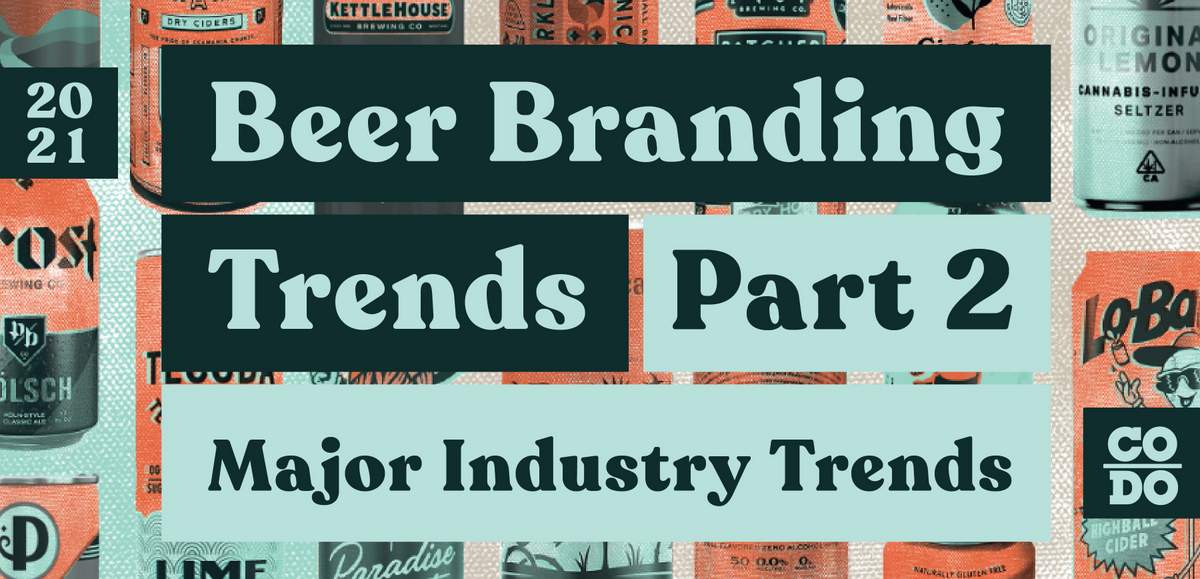
Major brewery rebrands
Never let a crisis go to waste
In 2020, we predicted that there would be a lot of brewery rebrands due to the number of older (5+ years) breweries and an ever-increasing level of competition. This context is still driving breweries to rebrand today, but COVID-19 has thrown another wrinkle in the mix.
As the pandemic wore on, CODO continually fielded new inquiries and projects from breweries looking to rebrand. We consistently heard two thoughts during these conversations:
1. “We’ve been thinking about rebranding for several years now. While everything else is essentially on pause (and this year will likely be a wash), let’s knock this project out now so we can be in a good place to relaunch once COVID-19 is gone.”
2. COVID-19 forced breweries across the country to constantly pivot (a pleasant sounding innuendo for all the hoops you were forced to jump through over the last year). Breweries had to pause on big initiatives, retire underperforming brands, completely rethink their their taproom and on-premise experience, and dive headlong into new distribution channels. And as we make our way past the pandemic, there will be a new competitive landscape, new distribution opportunities and new consumer trends to consider.
All of this will spur established breweries to revise their core positioning and messaging as they reexamine what their business looks like and what role they play in their local community post-COVID-19.
Hence, rebrands.
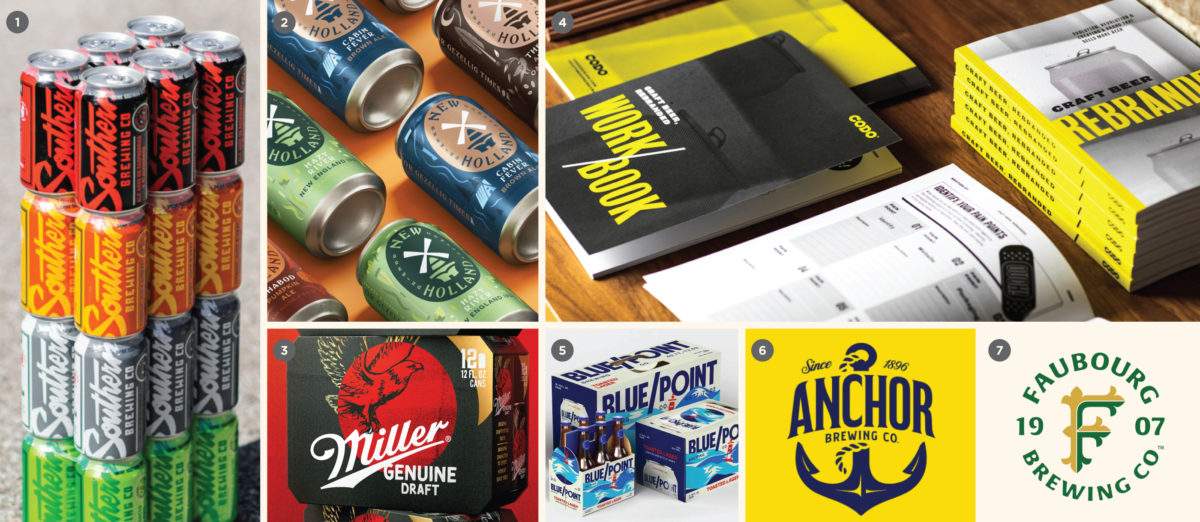
Packaging refreshes
A fresh coat of paint
Similar to rebrands, though less drastic in scope, would be packaging refreshes. We fielded a lot of packaging refreshes in 2020 and in the beginning of 2021. In this case, a brewery’s core branding, messaging and positioning is good to go, but they want to update their packaging for a new look on shelf. Other than brewery rebrands, non-beer beverage work, seltzer extensions and cannabis work, this was actually one of our most common engagements over the last year. Why?
Even before COVID-19, there was a sense that things were getting too crowded. We’ve heard firsthand that breweries are now considering their packaging lifespan like you would a website—“This update should be good for 36 months, then we will reevaluate.” I’m not sure that every brewery needs to be thinking this way, but in the face of growing competition from within beer and other verticals like seltzer and ready-to-drink (RTD) cocktails, this is an interesting line of thinking.
12-packs (and variety packs)
Why settle for six?
We helped a lot of breweries launch multipacks (12-packs and variety packs) in 2020. So much so that this could’ve just as easily been included in the COVID-19 effects section at the top of this piece.
Variety Packs have been a perennial best seller in craft beer. The pandemic and the aforementioned “shopping on a mission” trend drove even more demand for them, along with traditional 12-packs throughout last year. (Market research company IRI tracked 12-packs of 12oz craft cans growing at more than 52% YOY in 2020. And Drizly reported that 12-packs accounted for 42% of all beer sales throughout 2020.)
Doug Veliky over at Revolution Brewing (and the fantastic Beer Crunchers blog) put together a great breakdown of why the 12-pack format is working so well right now. You should go read it directly from him.
If you can get the cost of goods sold (COGS) and production figured out, this is definitely worth exploring. Here are a few tactical things to think about if your brewery is considering this offering.
Craft Brewing Business won an investigative reporting award for its story on the New Belgium Brewing acquisition by Kirin. Read it here!
1. A carton packaging machine is a major capital investment. You can get around this by using folding 12-pack boxes that don’t require glue. In our experience though, these rarely look as nice as glued up boxes (the graphics never seem to align properly), but this is all about tradeoffs and doing everything you can to get your beer out to your fans quickly (during COVID-19, anyway).
2. Breweries usually include a rotational or seasonal beer in each case to keep people interested. This presents a problem with how to communicate what that new offering is at scale. Printing a new run of cases every time you add a new beer is usually out of the question for smaller brewers because you want to print as many of one design as you can to get the per-unit cost down.
So what can you do? Stickers? Check boxes? A window in the packaging to let the seasonal beer peek through? Or, should you simply call it a “surprise seasonal” so you don’t have to mess with this issue at all? Yep, these all work. I can’t tell you which works best because your project context, brand and budget should drive that decision. But if you want to include a seasonal in your variety pack, you will need to figure this out.
Bonus thought
We’ve seen a lot of breweries put their beer cans across the front of a box, label it a “variety pack” or a “party pack” and call it a day.
Putting cans on the box is fine (it’s actually become a category convention, stemming from when the first breweries started putting 6-pack cans in boxes. How else will people know what’s in these boxes!?). But this naming convention is lazy a missed opportunity. A variety pack should be viewed as its own unique brand with its own unique value proposition. And it should be positioned and named as such.
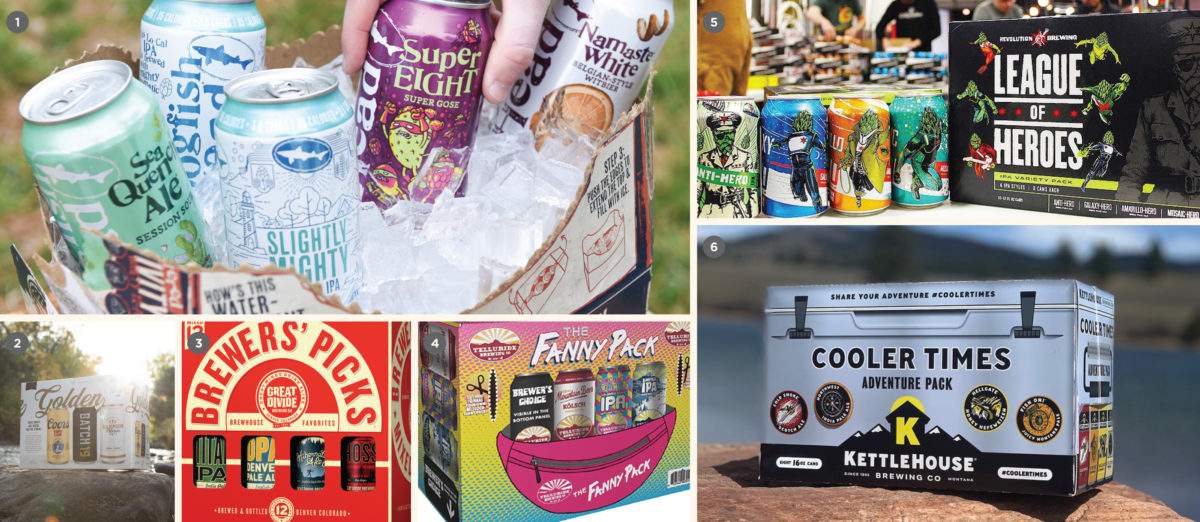
Navigating from brewery to beverage company
A focus on Brand Architecture
One of the biggest sea changes we’ve seen in the beer industry over the last few years has been a move away from being a single category company (e.g. a brewery) towards being a “house of brands” that offers a diversified portfolio of products in different categories to capture different consumer sets.
In this context, a brewery’s parent brand often falls to the background (or disappears entirely) as it releases non-beer products.
What drove this?
Was it a flattening of the beer category after so many euphoric years of growth? Was it that 8,000th brewery that finally made competition too overwhelming? Was it the rapid spread of COVID-19 that laid waste to every strategic plan in sight? Was it consumer trends shifting abruptly to drink other non-beer beverages, or, less alcohol in general?
Yes.
All of these factors are at play. The biggest trend driving this shift has been the rise of hard seltzer (the first non-beer beverage breweries have moved en masse to produce). But this has accelerated the already in-motion trend of consumers shifting away from beer specifically and toward a variety of other alcoholic (and non-alc) beverages in general. Think RTD cocktails, CBD-infused everything, THC (where legal), kombucha (about to “tip” if not already there), non-alcoholic seltzer, functional beverages and teas. This is what people in the beverage industry (cringingly) call “Share of Throat.”
At an upstream level, this is a conversation about Brand Architecture. Brand Architecture is a framework for determining how all of a company’s products and brands interact with each other. How do specific brands relate or differ, how are they positioned and named, how are they priced, and how does all of this help you build your business?
We’ve had more conversations about brand architecture this year than in our last 11 years of working with breweries. And that’s a good sign that breweries are launching new products with proper forethought and due diligence.
So what does this all mean if you’re thinking about launching a hard seltzer (or other non-beer extension in 2021)?
If you’re thinking about launching an extension in 2021, you need to think about what role these products play in your portfolio and how your current positioning helps, or hinders, their chances for success. Let’s look at 2 examples—the specialist brewery and the generalist, both planning an extension.
Scenario 1. The Specialist Brewery
If you’re an all sour brewery (and renowned for that), producing anything other than sour beers can harm that positioning. You want people to think of your brewery when they want a sour beer. This example can apply toward any brewery that is known for a singular style — lagers, mixed ferm, Belgians, functional better-for-you beers, big stouts, etc. In this case, it might make sense for the sour brewery to create an entirely new brand, including a name, identity, packaging and website, for this new hard seltzer in order to protect that parent positioning.
Scenario 2. The Generalist Brewery
If you’re known as a generalist brewery, you have more flexibility in what you can produce because that’s what people will come to expect. Releasing a Pilsner one week and a Baltic Porter the next are the norm and would, in a way, give you more leeway to release a hard seltzer under your parent brand (because you’re not known for any one thing). In this case, it could* make sense to launch the hard seltzer under your current brand.
*But even this isn’t always the right choice.
We’ve found that Brand Architecture isn’t black and white. Even when building fancy decision trees and rule sets, a decision should be weighed just as much against your core values, market opportunity, demand, and your parent brand’s positioning.
This is an extremely brief look at this topic. But stay tuned — we’re working on a new book aimed at helping breweries manage these complex brand architecture decisions. Join our Beer Branding Trends Newsletter to stay in the loop on that front.
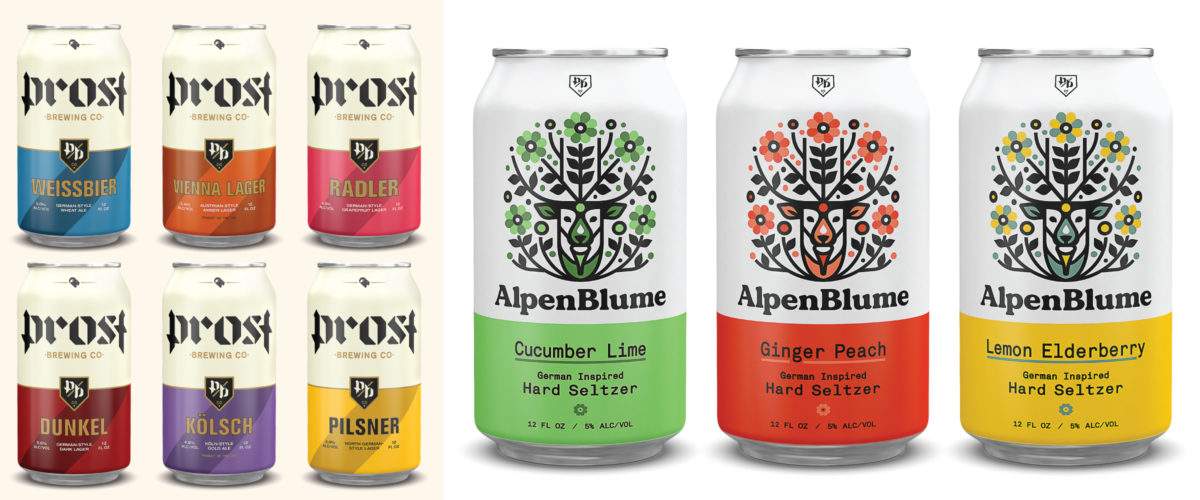
Trend within the Brand Architecture trend
Endorsed brands
An “endorsed brand” is one of the most common approaches we’ve seen breweries use to bring new non-beer extensions to market. In this application, there is a fully trademarked product name, branding, packaging, website — everything — but along with a subtle “endorsement” from the parent brand on its packaging.
Why do this?
We view an endorsement as a hedge. With so many hard seltzers (as a specific example) out in the market, if you’re a nationally-distributed brewery with nationally-distributed brewery mindshare, putting your nationally-distributed brewery’s name *somewhere* on that hard seltzer makes a lot of sense.
An endorsed brand leverages your existing brand equity right out of the gate, but it also sets the product up to spin off (or be quietly retired) as needed down the line without dramatically affecting the parent brand.
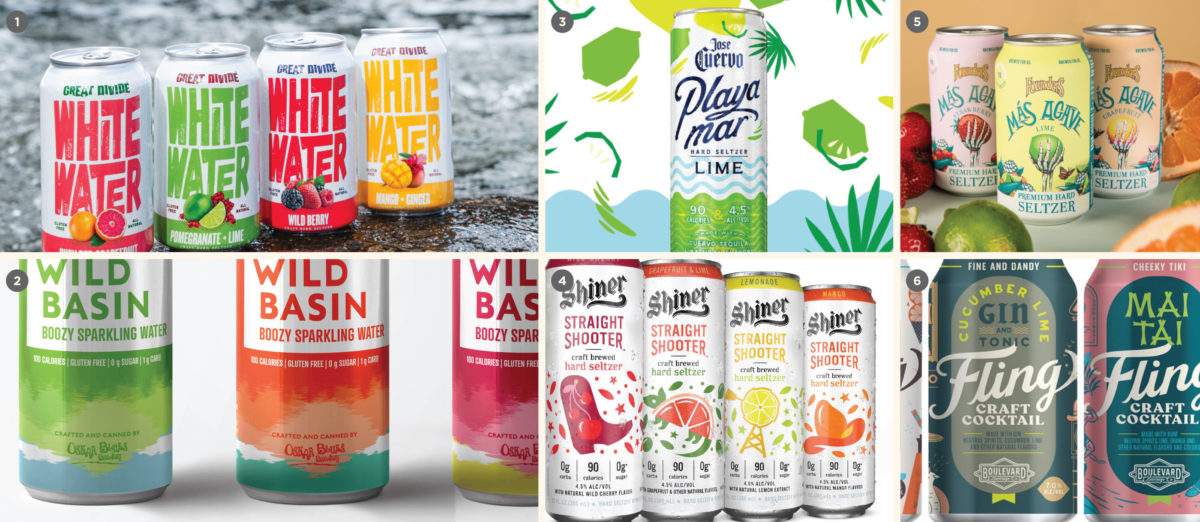
A sub brand family?
When a sub brand outshines its parent
This is an interesting Big Craft brand architecture strategy for spinning off Intellectual Property (IP) and brands once they have enough velocity to outshine the parent brand. There are some major examples in the market that have been doing this for years — Arrogant Bastard (Stone), Dragon’s Milk (New Holland) and 805 (Firestone Walker).
2020 saw New Belgium spin off Fat Tire into its own standalone flagship brand. And even more proof of this concept comes from New Belgium’s Voodoo Ranger line, a sub brand family within the brewery’s portfolio that touts four of the top 30 (!!!) best-selling craft beer brands in the country.
Do you love brewing equipment? Ok, that’s a little weird, but it’s cool. We get it. Dig all these stories on brewing equipment. Get sick with it!
This can be done when the sub brand outshines or even confuses the overall brand. (how many people out there still think there’s a Fat Tire Brewing, for instance?) The interesting trend we’re seeing here is in smaller craft breweries embracing this model. Do you have a lager or IPA that comprises 50%+ of your overall sales? That could be a good contender to spin off into its own brand and build an even bigger business (complete with its own extensions) surrounding it. And this will likely continue happening with craft vanguards over the next few years.
What are some hallmarks of this strategy?
To do this right, you’re essentially building out a standalone brand, complete with branding, packaging, a fully-fleshed out website, social media presence and merch.
There is a clear, independent brand for the beer that no longer needs an endorsement from the parent. Though there may not be any benefit to completely dropping all connections to the parent brand because this approach allows you to play in places you might otherwise not credibly be able to enter. See Voodoo Ranger bringing in a younger, more diverse craft drinker to the New Belgium Brand where Fat Tire is unlikely to resonate.
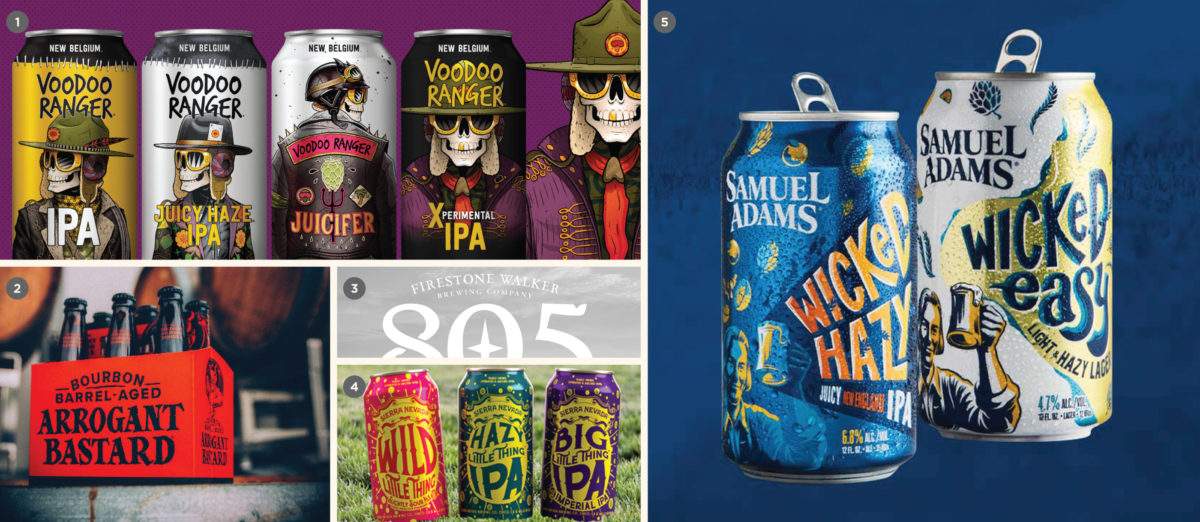
Clean label
When you’ve got nothing to hide
Clean labels have been a CPG food trend for the last decade and they’re becoming more prominent in beer. The definition is a little murky and hard to pin down, but essentially, this is where you list all your ingredients front and center on your packaging to signal how healthy and “clean” your product is. This can fall along environmental lines (locally-sourced, carbon neutral), health lines (sugar free, 0 carbs, keto-this, paleo-that), and ethical lines (free range, plant-based, cruelty free). All of which is why clean labeling is table stakes in the natural and organic food and bev world.

Craft beer has historically avoided listing calories and carbs on packaging because it’s not really that healthy (hold your horses, we’ll discuss low-cal beer here shortly). Two things changed this:
1. The hard seltzer wave, with its emphasis on product benefits, attributes and label violators was the final push clean labels needed to come to the front and center of beer packaging.
2. The better-for-you / functional beverage trend cuts right along this line. If you’re going to make a beer with electrolytes, the type of person that cares enough to drink it for that reason would likely also care about how many grams of carbs that beer has.
This will become a larger part of beer packaging over the coming years. Millennials care about what they’re eating and drinking (hell, my Boomer parents care about what they eat). And you can be certain that Gen Z does as well. So you might as well get out ahead of it now.
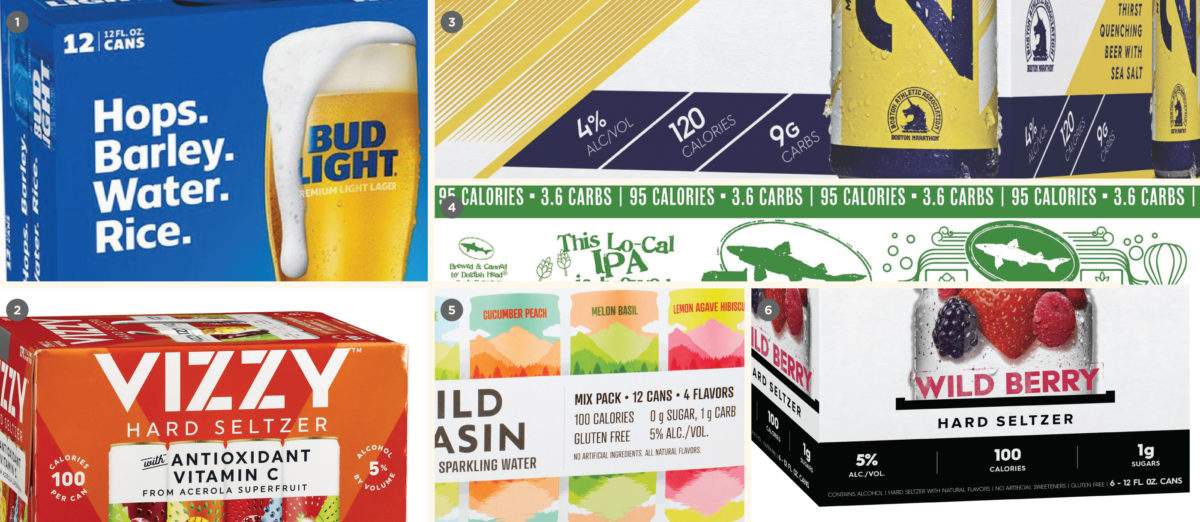
Read the rest of this post (all 20,000 words of it) over on CODO’s site: https://cododesign.com/2021-craft-beer-branding-trends/
Join CODO’s Beer Branding Trends newsletter for monthly field notes covering trends, currents and actionable advice from the front lines of beer branding.

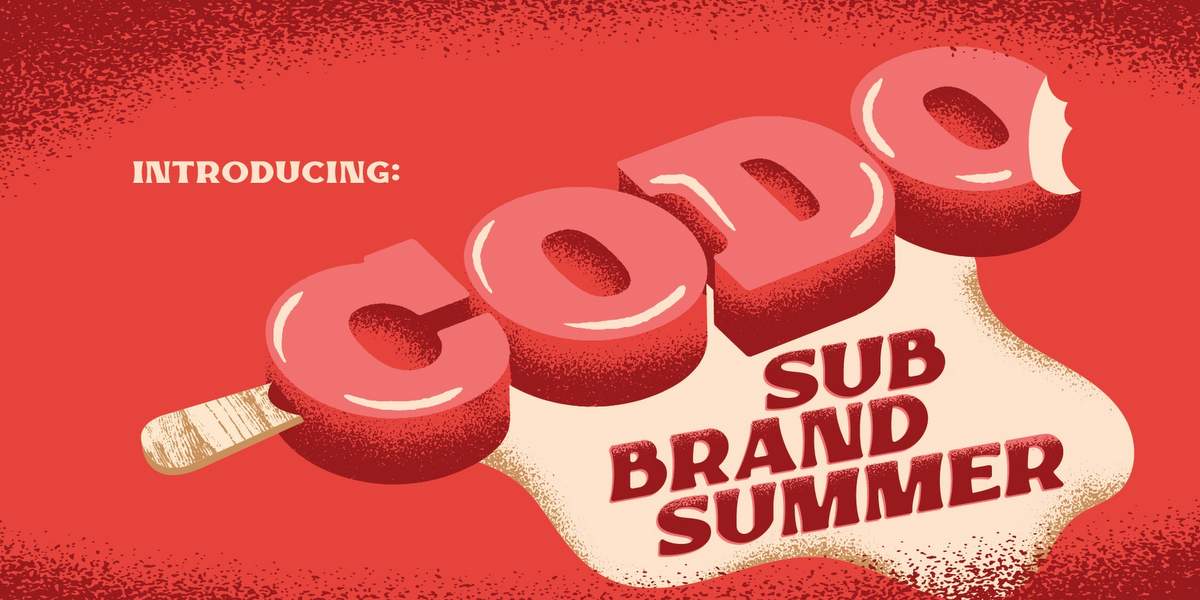
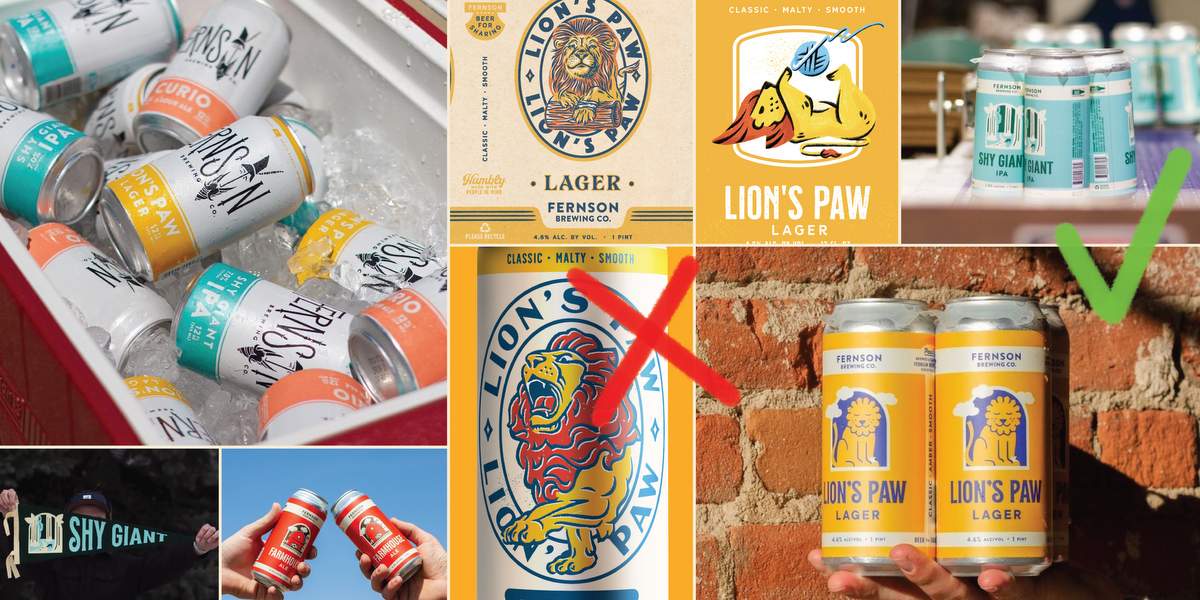
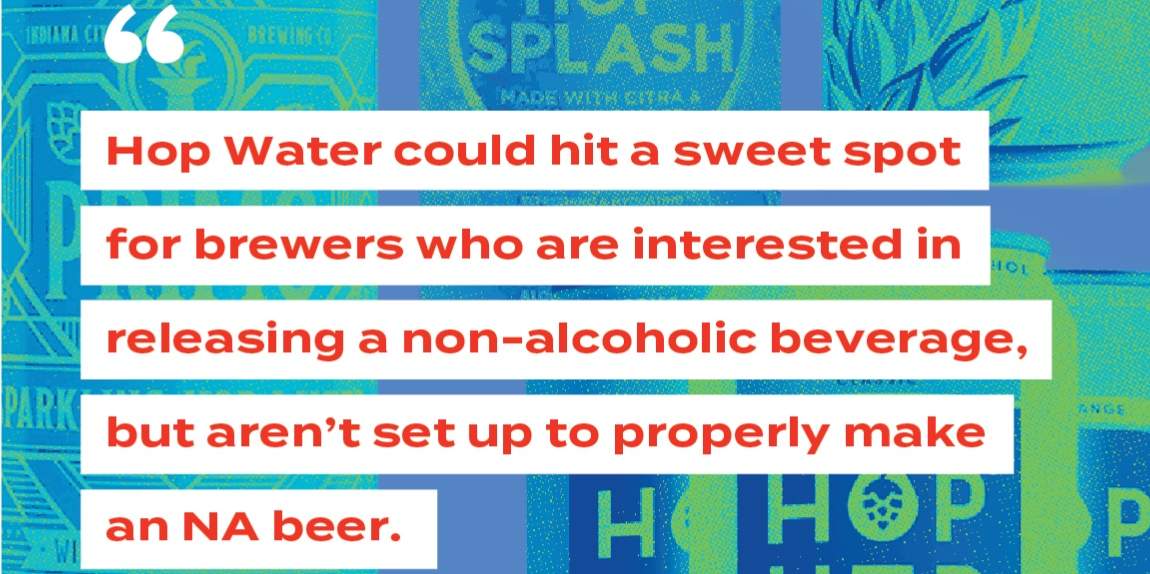
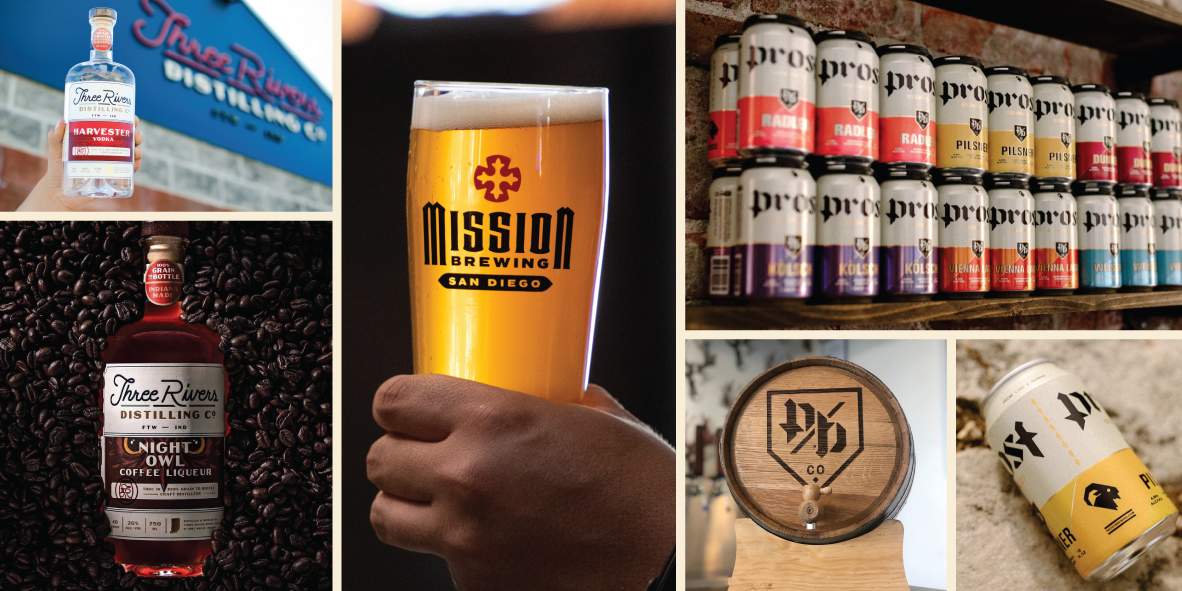
Leave a Reply
You must be logged in to post a comment.